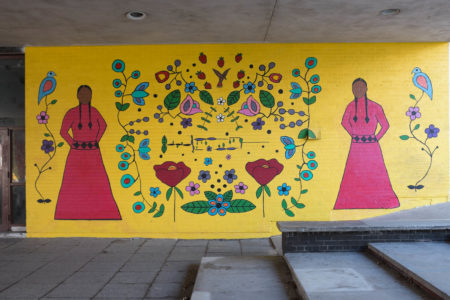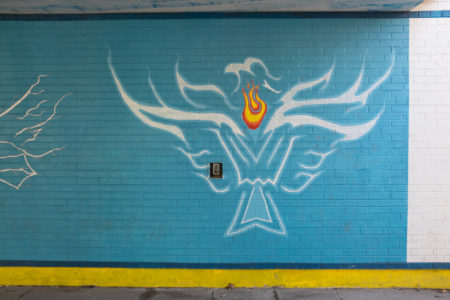On Wednesday, a team from Chateau Windows came into my apartment for an unrequested replacement of our windows which our landlord wanted. Today, we were told that “one of their installation workers has been in contact with a person who tested positive for COVID”. Shockingly, our landlord said they would come back on Monday if they test negative, which is contrary to the requirement to self-isolate for two weeks as set out by the municipal, provincial, and federal governments.
I will be following the Government of Canada requirements for two weeks:
Quarantine (self-isolate) means that, for 14 days you need to:
- stay at home and monitor yourself for symptoms, even just one mild symptom
- avoid contact with other people to help prevent transmission of the virus prior to developing symptoms or at the earliest stage of illness
- do your part to prevent the spread of disease by practicing physical distancing in your home
- monitor yourself for symptoms, such as new or worsening cough, shortness of breath or difficulty breathing, temperature equal to or over 38°C, feeling feverish, chills, fatigue or weakness, muscle or body aches, new loss of smell or taste, headache, gastrointestinal symptoms (abdominal pain, diarrhea, vomiting) and feeling very unwell.
- take and record your temperature daily (or as directed by your public health authority) and avoid using fever-reducing medications (e.g. acetaminophen, ibuprofen) as much as possible. These medications could mask an early symptom of COVID-19.
Not being able to go out for walks for two weeks is going to drive me nuts, now that it has been my only form of exercise for a year. I hope nobody else gets sick.







